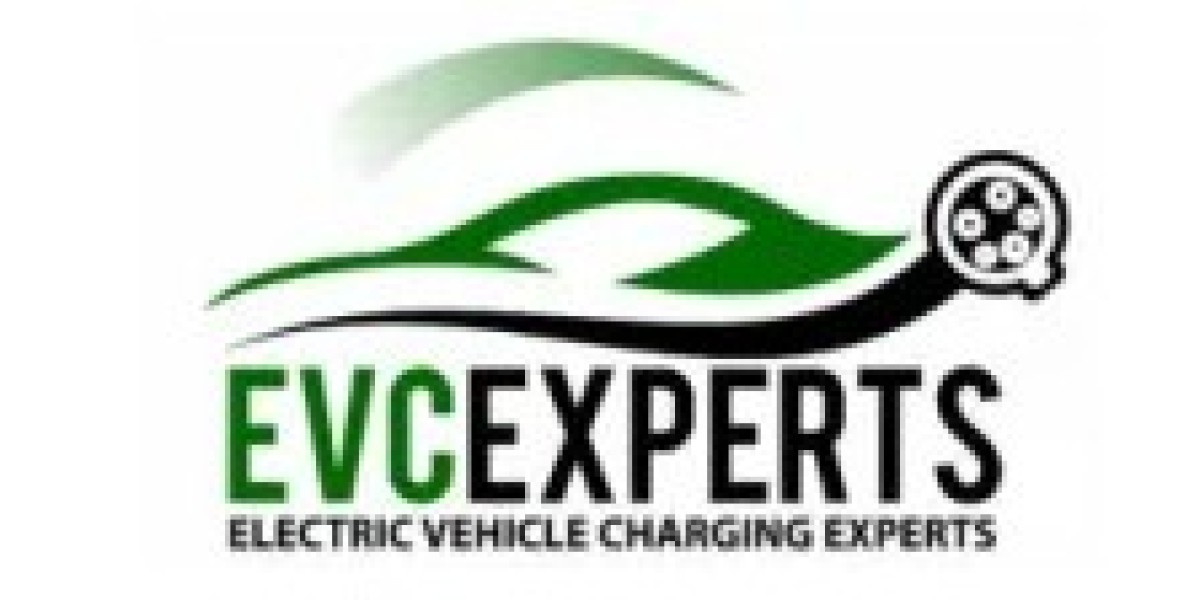In today's world, the shift toward electric vehicles (EVs) is accelerating at an unprecedented rate. With growing concerns about environmental sustainability and the need to reduce greenhouse gas emissions, EVs have become a key solution in the transition to a cleaner and more sustainable mode of transportation. Central to this transition are Electric Vehicle Charging Stations, which play a pivotal role in making electric mobility accessible and convenient for all. In this comprehensive guide, we will explore the significance of EV charging stations and their role in shaping the future of transportation.

The Rise of Electric Vehicles
The adoption of electric vehicles has gained significant momentum in recent years. Automakers around the world are investing heavily in electric vehicle technology, offering a wide range of EV models that cater to different market segments. As a result, more and more consumers are making the switch to electric vehicles, recognizing their environmental benefits, lower operating costs, and overall driving experience.
The Need for EV Charging Stations
While the rise of electric vehicles is promising, one critical challenge that must be addressed is the availability of charging infrastructure. EVs rely on electricity to operate, and this necessitates a reliable and accessible charging network. Here's why EV charging stations are essential:
Convenience: Unlike traditional gasoline vehicles, which can refuel at nearly every street corner, EVs require dedicated charging stations. Installing a network of charging stations makes it convenient for EV owners to charge their vehicles, ensuring they can use their cars for daily commutes, road trips, and everything in between.
Range Anxiety: Range anxiety, the fear of running out of battery power before reaching a charging point, is a significant concern for potential EV buyers. Expanding the charging infrastructure alleviates this anxiety, making EV ownership more attractive.
Environmental Impact: Widespread adoption of electric vehicles contributes to a reduction in air pollution and greenhouse gas emissions. EV charging stations support this transition by providing the means to power vehicles with clean energy sources like solar and wind.
Economic Growth: The development and installation of EV charging infrastructure create jobs and stimulate economic growth. It's an opportunity for governments, businesses, and communities to invest in a sustainable future.
Types of EV Charging Stations
EV charging stations come in various types to accommodate the diverse needs of EV owners. The three primary categories are:
Level 1 Chargers: These chargers use a standard 120-volt household outlet and are the slowest charging option. They are typically used for overnight charging at home and provide about 2 to 5 miles of range per hour of charging.
Level 2 Chargers: Level 2 chargers operate at 240 volts and are significantly faster than Level 1 chargers. They are commonly found at public charging stations, workplaces, and some residential settings. Level 2 chargers can provide around 10 to 25 miles of range per hour of charging.
DC Fast Chargers: DC Fast Chargers, also known as Level 3 chargers, are the fastest charging option available. They can provide up to 200 miles of range in as little as 30 minutes of charging. These chargers are typically found along highways for long-distance travel.
Installing EV Charging Stations
The installation of EV charging stations requires careful planning and consideration. Here are some key factors to keep in mind:
Location: Determine the best locations for charging stations based on the needs of your target users. Consider factors like proximity to major highways, shopping centers, workplaces, and residential areas.
Power Capacity: Ensure that the electrical infrastructure at the chosen location can support the charging station's power requirements. This may involve electrical upgrades.
Accessibility: Charging stations should be easily accessible to all users, including those with disabilities. Compliance with relevant accessibility standards is essential.
Payment Options: Decide on the payment model for your charging station. Options include pay-per-use, subscription-based access, or even free charging for certain customers.
Network Connectivity: Charging stations should be equipped with network connectivity for remote monitoring, maintenance, and user access control.
The Role of Governments and Businesses
Governments and businesses play a critical role in the development of EV charging infrastructure. Here's how they can contribute:
Government Incentives: Governments can offer incentives such as tax credits, rebates, and grants to encourage the installation of charging stations.
Regulation and Standards: Governments can establish clear regulations and standards for charging station installations to ensure safety and interoperability.
Public-Private Partnerships: Collaboration between government agencies and private companies can help accelerate the deployment of charging infrastructure.
Fleet Electrification: Businesses with vehicle fleets can lead by example by electrifying their fleets and installing charging stations at their facilities.
Consumer Awareness: Both governments and businesses can play a role in educating consumers about the benefits of EVs and the availability of charging infrastructure.
For More Info:-
Calgary Tesla Charging Stations
Electric Vehicle Charger Installation
commercial charging station repair in canada








